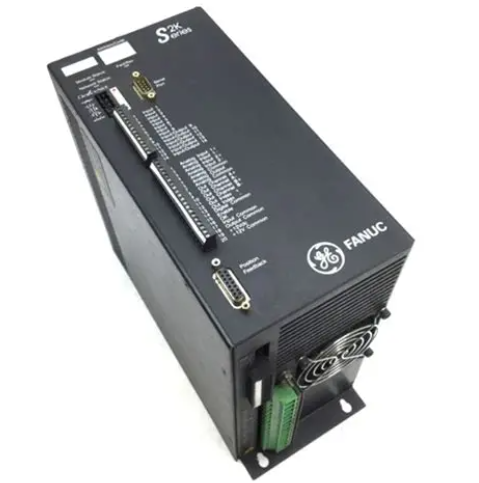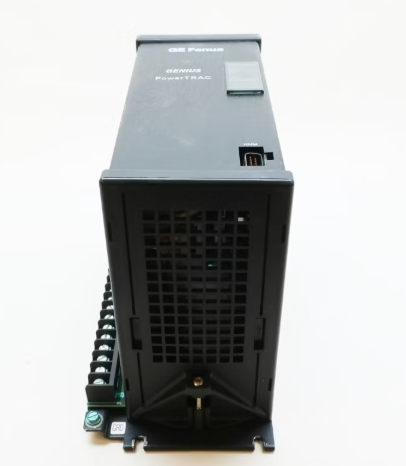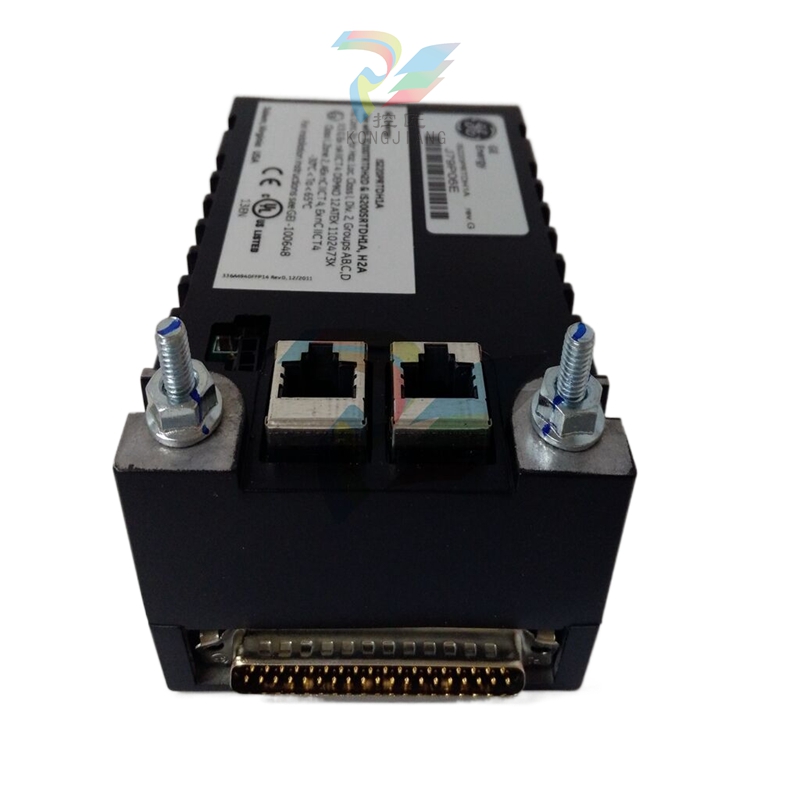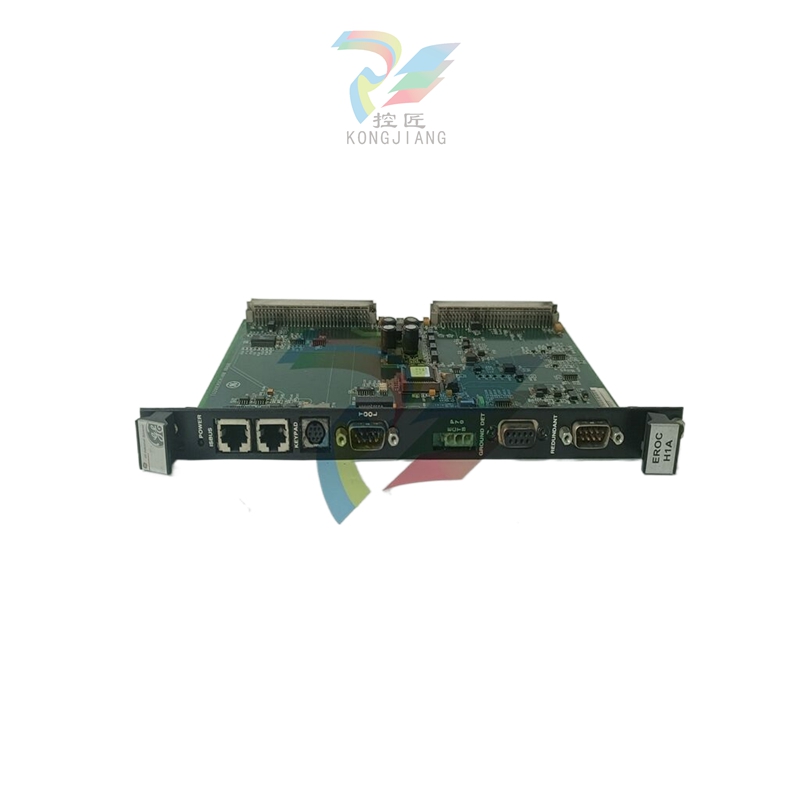We will improve the institutions, mechanisms and policies for the transition to green and low-carbon energy
I. General requirements
(1) Guiding ideology.
We will deepen the revolution in energy consumption, supply, technology and system, strengthen international cooperation on all fronts, and proceed from national conditions to balance development with security, steady growth and structural adjustment. We will deepen reform and innovation of energy systems and mechanisms, accelerate the building of a clean, low-carbon, safe and efficient energy system, and promote high-quality energy development and a comprehensive green transformation of economic and social development. It will provide a guarantee for the scientific and orderly promotion of the goal of carbon peak and carbon neutrality on schedule and the construction of a modern economic system.
(2) Basic principles.
-- Adhering to a systematic approach and making coordinated progress. Strengthen top-level design, give full play to institutional advantages, properly handle the relationship between development and emission reduction, overall and local, short and medium to long term, properly handle the complementarity, coordination and substitution between different energy varieties at various stages of the transformation, promote the optimal combination of coal and new energy, and coordinate the national and regional energy green and low-carbon transformation.
-- Ensuring a safe and orderly transition. Under the premise of ensuring energy security, orderly promote the green and low-carbon energy transformation, establish first and break later, adhere to the national "one game of chess", and strengthen the identification and control of risks in the transformation. On the basis of accelerating the formation of reliable supply capacity of clean and low-carbon energy, gradually carry out safe and reliable replacement of fossil energy.
-- Innovation-driven, intensive and efficient. Improve the innovation system and incentive mechanism in the energy sector, and enhance the innovation capacity of key core technologies. We will implement the policy of giving priority to conservation, strive to reduce resource consumption and carbon emissions per unit of output, increase the efficiency of energy system operation and resource allocation, and raise overall economic and social benefits. We will accelerate the formation of incentive and restraint mechanisms for reducing pollution and carbon.

-- Adhering to market leadership and government guidance. We will deepen structural reform in the energy sector, give full play to the decisive role of the market in resource allocation, and build an energy market system that is fair, open and effectively competitive. We will give better play to the role of the government, strengthen guidance in planning, policy support, and market regulation, and create a favorable environment for development.
(3) Main objectives.
During the "14th Five-Year Plan" period, an institutional framework for promoting green and low-carbon energy development has been basically established, a relatively complete policy, standard, market and regulatory system has been formed, and a mechanism for promoting green and low-carbon energy transformation led by "dual control" of energy consumption and non-fossil energy target system has been built. By 2030, China will have basically established a complete basic system and policy system for green and low-carbon energy development, and form an energy production and consumption pattern in which non-fossil energy sources can basically meet the increase in energy demand, replace fossil energy stocks on a large scale, and comprehensively enhance energy security.
Second, improve the coordinated promotion mechanism for the implementation of the national energy strategy and plan
4. Strengthen the guiding and constraining role of energy strategies and plans. Guided by the national energy strategy, strengthen the leading role of the national energy plan, all provinces (autonomous regions and municipalities directly under the Central Government) formulate their own regional energy plans in light of the national energy plan and deployment and local realities, clarify the goals and tasks of green and low-carbon energy transformation, and strengthen the coordination and mutual benefit among various energy varieties, upstream and downstream of the industrial chain, and between regions in the preparation and implementation of the plan. We will improve the overall transition to green and low-carbon energy and ensure the security of supply. We will strengthen the monitoring and evaluation of the implementation of energy planning and improve the mechanism for dynamic adjustment of energy planning.
(5) Establish a monitoring and evaluation mechanism for green and low-carbon energy transition. We will focus on monitoring and evaluating indicators such as energy intensity, total energy consumption, the proportion of non-fossil energy and renewable energy consumption, and the carbon emission coefficient of energy consumption in various regions, and evaluate the implementation and actual effects of relevant mechanisms and policies for green and low-carbon energy transition. We will improve the assessment mechanism for green and low-carbon energy development, and strengthen the assessment in accordance with the energy-related binding indicators determined by the outline of the national economic and social development plan, the annual plan and the energy plan. All regions are encouraged to meet the minimum proportion of renewable energy consumption and other indicators stipulated by the state through regional cooperation or through the trading of renewable energy consumption.
6. Improve the organization and coordination mechanism for green and low-carbon energy transition. The National Energy Commission coordinates strategies, development plans, action plans and policy systems related to the green and low-carbon energy transition. We will establish a cross-departmental and cross-regional coordination mechanism for energy security and development, coordinate the construction of trans-provincial and trans-regional energy transmission channels, energy reserves and other infrastructure and security systems, strengthen the connection between energy planning, major projects, territorial and spatial planning, and special plans for ecological and environmental protection, and study and solve problems in implementation in a timely manner. Establish an annual account of the implementation of major policies and construction of major projects for energy green and low-carbon transformation and security, and improve the supervision and coordination mechanism.
Third, improve the system and policy system to guide green energy consumption
(7) Improve the energy consumption "dual control" and non-fossil energy target system. We will continue to give top priority to conserving energy and resources, strengthen the management of binding targets for reducing energy intensity, effectively make the management of total energy consumption more flexible, exclude new renewable energy sources and raw material energy from total energy consumption control, rationally set targets for reducing energy intensity in each region, and better align the policy of "dual control" of energy consumption with the goals and tasks of achieving carbon peak and carbon neutrality. We will gradually establish a carbon emission control mechanism in the energy sector. Formulate and revise mandatory national standards for energy consumption quotas per unit product in key energy-using industries, and organize supervision and inspection of the implementation of key energy-using enterprises. To study and formulate carbon emission accounting methods for key industries and products. Overall consideration of the situation of renewable energy resources, development and utilization conditions and economic development levels in various regions, the national renewable energy development and utilization of the medium and long-term total and minimum proportion of targets scientifically decomposed to the provinces (autonomous regions, municipalities directly under the central government) for implementation, improve the renewable energy consumption guarantee mechanism. We will encourage local governments to establish and improve budget management systems for energy use, and explore ways to evaluate the efficiency of energy consumption output. We will strengthen top-level design and overall coordination, and accelerate the development of a national carbon emission rights trading market, energy use rights trading market, and green electricity trading market.
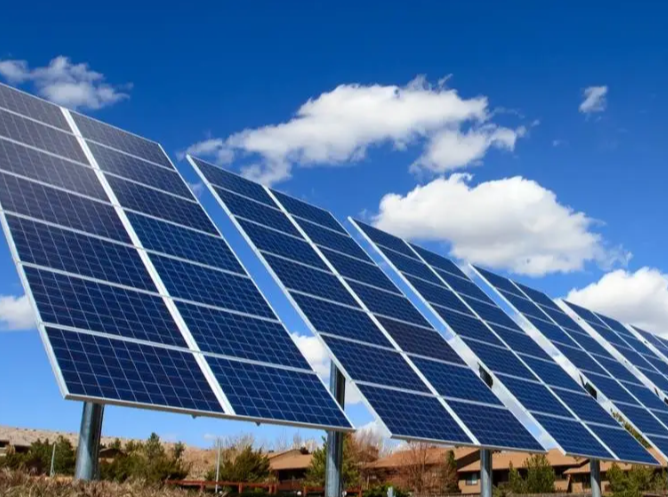
8. Establishing and improving mechanisms for promoting green energy consumption. Promote the construction of a unified green product certification and labeling system, establish a green energy consumption certification mechanism, and promote various social organizations to accept the certification results. Establish the promotion mechanism of electric energy substitution, and strengthen the technical guidance of electric energy substitution by improving relevant standards. Improve and promote the trading of green electricity certificates to promote green electricity consumption. Encourage the whole society to prioritize the use of green energy and the procurement of green products and services, and public institutions should lead by example. All regions should adopt advanced energy efficiency and green energy consumption standards in light of local realities, vigorously publicize energy conservation and green consumption concepts, and deeply carry out green life creation actions. We will encourage localities where conditions permit to demonstrate high-level green energy consumption and promote energy conservation throughout society.
9. Improving policies to support green energy consumption in industry. We will guide industrial enterprises to carry out clean energy substitution, reduce carbon emissions per unit product, and encourage qualified enterprises to take the lead in forming low-carbon and zero-carbon energy consumption models. Encourage the construction of green energy industrial parks and enterprises, develop industrial green microgrids, support the development and utilization of clean and low-carbon energy in their own sites, build distributed clean energy and smart energy systems, reduce cross-subsidies and system backup fees for comprehensive utilization of power generation such as waste heat, pressure and gas, and improve pricing policies to support self-use of distributed clean energy power generation. Under the premise of complying with the power planning layout and safe operation conditions of the power grid, renewable energy power projects are encouraged to supply power to industrial parks or enterprises nearby through innovative power transmission and operation methods, and industrial parks or enterprises are encouraged to purchase green power through the power market. Encourage emerging key energy use areas to focus on green energy to meet energy demand and make full use of waste heat, pressure and gas.
10. Improving policies on green energy use and clean heating in buildings. We will raise building energy efficiency standards, promote the large-scale development of ultra-low-energy buildings and low-carbon buildings, promote and support the energy-saving renovation of existing buildings, actively promote the use of green building materials, and improve the management system for building energy consumption quotas. Improve the application standards of renewable energy in buildings, encourage the integrated application of photovoltaic buildings, and support the use of solar energy, geothermal energy and biomass energy to build renewable energy building energy supply systems. We will promote the reform of heating metering and the intelligent construction of heating facilities in areas where conditions permit, encourage charging according to heat, encourage electric heating enterprises and users to obtain low-priced electricity during off-peak hours through the electricity market, and comprehensively use peaking and valley electricity prices, residential ladder electricity prices and transmission and distribution electricity prices to support them. We will implement the gas supply price policy to support clean heating in rural areas in northern China in winter.
11. Improving policies for clean energy alternatives in transport. Promote the green and low-carbon transformation of transport, optimize the transport structure, and promote green and low-carbon transport facilities and equipment. Promote large-capacity electrified public transportation and clean energy vehicles such as electric, hydrogen, advanced biological liquid fuels, and natural gas, improve the layout and service facilities of charging and replacing, hydrogenating, and LNG stations, and reduce the cost of clean energy in transportation. Support the layout and construction of transportation energy supply stations in terms of land space, carry out the construction of multi-energy integrated transportation energy supply stations, promote the pilot demonstration of new energy vehicles and power grid energy interaction, and promote the coordinated development of vehicle piles and ships. For the construction of new energy facilities along railways and highway service areas, it is encouraged to unify the planning, implementation, and approval (filing) of projects within the same provincial region.

Fourth, establish a new mechanism for green and low-carbon energy development and utilization
12. Establish a clean and low-carbon energy resource survey and information sharing mechanism. Taking into account resource endowments, land use, ecological protection, and territorial spatial planning, and taking city (county) level administrative areas as the basic units, China will carry out detailed surveys and comprehensive evaluations of clean and low-carbon energy resources across the country, accurately identify developable clean and low-carbon energy resources and conduct data integration, and improve and dynamically update the national database of clean and low-carbon energy resources. Strengthen the connection with the land and space basic information platform, timely include all kinds of clean and low-carbon energy resources distribution and other spatial information into the same level of land and space basic information platform and land and space planning "one map", and share with local governments at all levels, enterprises, industry associations and research institutions in an appropriate way. Improve the technical capabilities of renewable energy-related meteorological observation, resource evaluation and forecast, and provide support for renewable energy resource survey, project development and power system operation. Build a national energy basic information and sharing platform, integrate information of the whole energy industry chain, and promote the development of the digital economy in the energy field.
13. Promote the building of an energy supply system with clean and low-carbon energy as the main body. Focusing on deserts, Gobi, and desert areas, we will accelerate the construction of large-scale wind power and photovoltaic power generation bases, upgrade and transform existing coal power units in the region, explore the establishment of a mechanism for the coordination of the two ends of the transmission of new energy power to provide regulation, and support the construction of new energy power to the fullest, to the fullest, and to the fullest. In accordance with the national energy strategy and planning and sub-field planning, all regions take overall consideration of their energy needs and clean and low-carbon energy resources, and guide and organize the formulation of city (county) level clean and low-carbon energy development and utilization, regional energy supply implementation plans under the overall framework of provincial energy planning. All regions should take into account the regional energy demand and the amount of exploitable resources, give priority to the development and utilization of local clean and low-carbon energy resources in accordance with the principle of proximity, and actively introduce clean and low-carbon energy outside the region according to needs, so as to form an energy production and consumption pattern that gives priority to meeting the new energy demand through clean and low-carbon energy and gradually replacing the existing fossil energy.
(14) Innovating mechanisms for the development and utilization of rural renewable energy. In rural areas, priority is given to supporting the roof distributed photovoltaic power generation and biogas power generation and other biomass power generation access to the grid, and grid enterprises should give priority to purchasing their power generation. Encourage the use of land suitable for decentralized development of wind power and photovoltaic power generation in rural areas, and explore a renewable energy project investment and management model with unified planning, decentralized layout, agriculture-enterprise cooperation, and benefit sharing. Rural collective economic organizations are encouraged to jointly invest in and operate renewable energy power generation projects with specialized enterprises in ways such as land use rights as shares or joint ventures according to law, and financial institutions are encouraged to provide financing support for renewable energy power generation projects in accordance with market-oriented and law-based principles. We will increase support for the construction of rural power grids, and organize power grid enterprises to improve rural power grids. We will strengthen innovation in rural power grid technology, operation and power trading methods, support nearby trading of new energy power, and provide low-cost green energy for rural public welfare and domestic energy use and rural revitalization of related industries. We will improve policies and mechanisms to support the development and utilization of large-scale biomass and geothermal energy such as biogas, bio-natural gas, and formed fuels.

(15) Establish a national space management mechanism for the development and utilization of clean and low-carbon energy. In order to achieve carbon peak and carbon neutrality, we will take into account the development of clean and low-carbon energy and the needs of land and sea for infrastructure such as energy transmission and storage. We will improve policies to guide the classification of land used for energy projects, adjust and optimize requirements for land used for renewable energy development and sea use, formulate land support policies for the use of desert, Gobi, and desert land for the construction of renewable energy power generation projects, and improve the site protection system for nuclear power and pumped storage plants and ensure it in national spatial planning. Overall consideration should be given to the land needs of power transmission channels and oil and gas pipeline corridors in the planning of national land space, and a sound land-related information sharing and collaborative management mechanism should be established. We will strictly regulate the collection of land-related (sea-related) taxes and fees in energy development in accordance with the law. Eligible renewable energy projects such as offshore wind power can apply for exemption of Marine use fees in accordance with regulations. We will encourage the spread and application of land-saving technologies and models in the development and construction of wind power and other new energy sources.
Fifth, improve the new power system construction and operation mechanism
(16) Strengthening the top-level design of new power systems. Promote clean power sources and electrification of terminal energy consumption, formulate development strategies and overall plans for new power systems to meet the needs of new energy power development, and encourage all types of enterprises and other entities to actively participate in the construction of new power systems. To evaluate the adaptability of the existing power system for green and low-carbon development, improve the technology and optimize the system in terms of grid architecture, power supply structure, source network load and storage coordination, digital and intelligent operation control, etc. Strengthen the basic theoretical research of new power systems, promote breakthroughs in key core technologies, and study and formulate relevant standards for new power systems. Promote the integrated development of Internet, digitalization and intelligent technologies with the power system, promote the development of new technologies, new business forms and new models, and build a smart energy system. We will strengthen the construction of new power system technologies, and carry out pilot projects and regional demonstrations of related technologies.
(17) Improve the power grid system that can adapt to the local deep utilization and wide-area transmission of renewable energy. Overall optimization of the transmission network and power system operation, improve the transmission and consumption of renewable energy power capacity. Through the optimization and adjustment of power supply configuration and operation, the stock transmission channel should be increased as much as possible to transmit renewable energy, and the minimum proportion index should be defined and evaluated. We will coordinate the layout of large power bases based on the delivery of renewable energy, and optimize the allocation of regulatory resources in the provincial power grid and above.
- EMERSON
- Honeywell
- CTI
- Rolls-Royce
- General Electric
- Woodward
- Yaskawa
- xYCOM
- Motorola
- Siemens
- Rockwell
- ABB
- B&R
- HIMA
- Construction site
- electricity
- Automobile market
- PLC
- DCS
- Motor drivers
- VSD
- Implications
- cement
- CO2
- CEM
- methane
- Artificial intelligence
- Titanic
- Solar energy
- Hydrogen fuel cell
- Hydrogen and fuel cells
- Hydrogen and oxygen fuel cells
- tyre
- Chemical fiber
- dynamo
- corpuscle
- Pulp and paper
- printing
- fossil
- FANUC
- Food and beverage
- Life science
- Sewage treatment
- Personal care
- electricity
- boats
- infrastructure
- Automobile industry
- metallurgy
- Nuclear power generation
- Geothermal power generation
- Water and wastewater
- Infrastructure construction
- Mine hazard
- steel
- papermaking
- Natural gas industry
- Infrastructure construction
- Power and energy
- Rubber and plastic
- Renewable energy
- pharmacy
- mining
- Plastic industry
- Schneider
- Kongsberg
- NI
- Wind energy
- International petroleum
- International new energy network
- gas
- WATLOW
- ProSoft
- SEW
- wind
- ADVANCED
- Reliance
- YOKOGAWA
- TRICONEX
- FOXBORO
- METSO
- MAN
- Advantest
- ADVANCED
- ALSTOM
- Control Wave
- AB
- AMAT
- STUDER
- KONGSBERG
- MOTOROLA
- DANAHER MOTION
- Bently
- Galil
- EATON
- MOLEX
- Triconex
- DEIF
- B&W
- ZYGO
- Aerotech
- DANFOSS
- KOLLMORGEN
- Beijer
- Endress+Hauser
- MOOG
- KB
- Moxa
- Rexroth
- YAMAHA
- Johnson
- Westinghouse
- WAGO
- TOSHIBA
- TEKTRONIX


Email:wang@kongjiangauto.com

















































































































